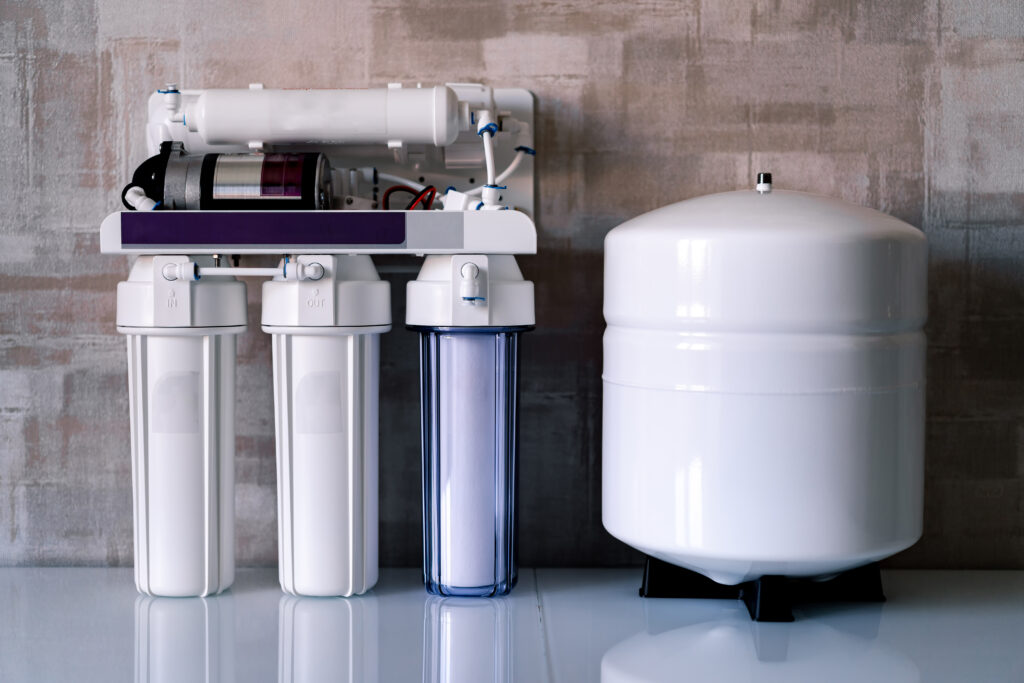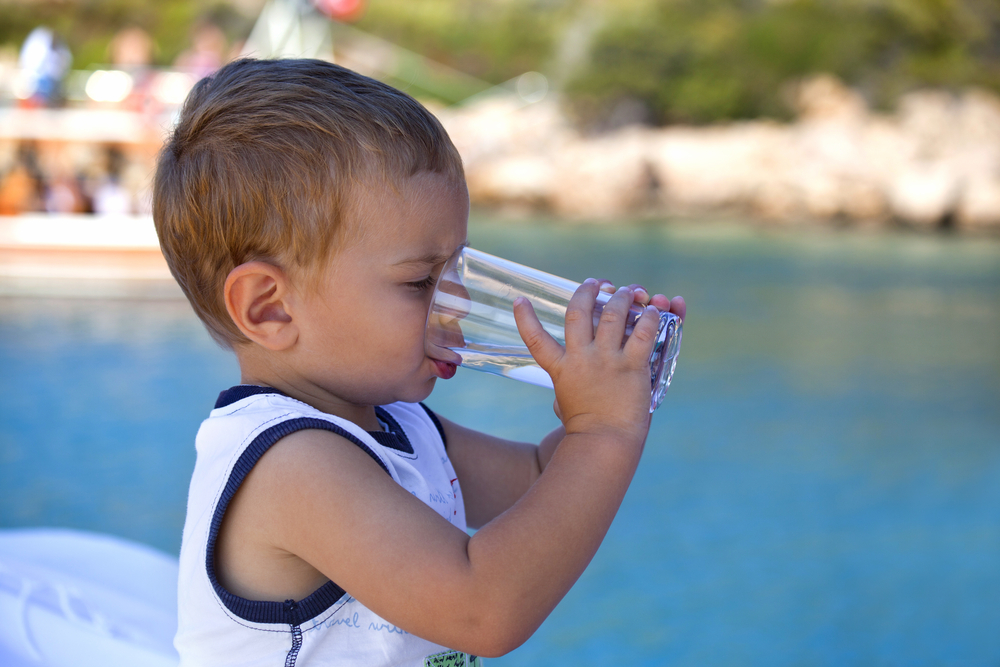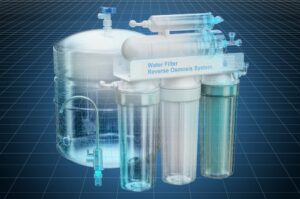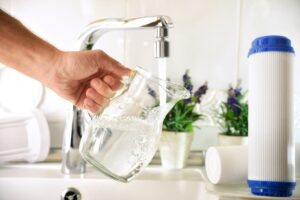A reverse osmosis system is an answered prayer for those who plan to be gone at sea for long periods of time. Thanks to this amazing technology, you can save valuable storage space on your boat, without worrying whether or not you’ll have as much freshwater as you need to clean, bathe, and drink. These systems turn the saltwater around you into usable fresh water. How do they work? How much water do RO systems waste? Let’s answer all of your questions right now!
Table of Contents
How Do RO Systems Work?
How Much Water Do RO Systems Waste?
Marine RO Systems From Cruise RO Water and Power
How Do RO Systems Work?
A reverse osmosis system makes it possible to remove salt from seawater. This is also called desalination. This is a scientific process that uses high pressure and a semipermeable membrane to filter salt and other impurities from water. It works by pumping seawater into the desalination system from the ocean and passing it through pretreatment filtration in order to remove most of the large and small particles. Then, the filtered seawater is forced under pressure through special membranes. The osmosis process that normally occurs in nature is now reversed. The pores act as microscopic strainers, cleaning the water so it is now freshwater. They are so tiny that not only salt, but also bacteria, viruses, and other impurities are separated from the seawater.
How Much Water Do RO Systems Waste?
Reading this explanation, you may wonder what happens to the rest of the water. Do RO systems waste water? It depends on what you mean by waste. Even though reverse osmosis is a fantastic and often necessary process for generating safe, purified water, the process is known to waste some water. Often, those who make claims surrounding reverse osmosis water waste exaggerate and make misleading statements.
It’s difficult to give an exact number here, because reverse osmosis water waste ratios vary by make and model of the reverse osmosis system. Most commonly, we find that it takes 4 gallons of seawater to become 1 gallon of freshwater. In other words, 75% of the water that runs through a reverse osmosis system becomes waste or discharge.
Some people, hoping to waste less, send the rejected water through a second set of membranes. By doing so, they can ensure four out of every five gallons of water entering the system is usable.

Why Do RO Systems Waste Water?
RO systems waste water because they use pressure to force water through a membrane, separating clean water from contaminants. The impurities are flushed away in the reject stream, which carries unused water. This process ensures purity but results in waste—typically 3–4 gallons for every 1 gallon purified—though newer models are becoming more efficient.
How To Reduce Waste Water in RO System
To reduce wastewater in an RO system, use a permeate pump to improve efficiency, install a recirculation system, or choose a high-efficiency RO unit. Regularly maintain filters and membranes to keep the system working optimally. Additionally, repurpose reject water for non-potable uses like gardening or cleaning to minimize overall waste and improve sustainability.
Marine RO Systems From Cruise RO Water and Power
How much water do RO systems waste? Instead of asking that question, you may want to ask what your trip would be like without enough freshwater. We encourage you to think long and hard about your freshwater needs while out at sea. This isn’t a luxury item; you need clean water to drink, shower, wash dishes, and more. Will a RO system waste a bit of water? Yes. Do you need this water in order to live and thrive? Yes!
Cruise RO Water and Power produces incredibly efficient systems. When you’re using one of our desalination systems, you will feel peace of mind that you’re getting the most clean water possible, exactly what you need for your trip.




